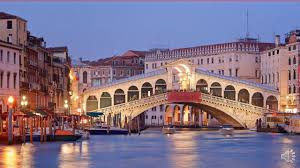Back To Basics : It's The Little Things We Do About Climate Action

Climate change often seems to be a huge problem, a global problem, something that cannot be solved by the ordinary person. ‘But what can I do about such a huge problem, a global problem?’, you ask. It is true, climate change is a global problem, affecting the planet everywhere albeit in different ways. It is also true that most emissions are from big industries and some things like transport emissions seems unavoidable since we all use a vehicle at some point or the other. This is changing however, with the rise of electric cars powered by renewable energy. But worry not, there are things that every person, as an individual can do to reduce their carbon footprint [1] . The goal in climate action is to shift to a low carbon pathway. A low carbon pathway is a way of life that promotes the release of zero or very little amounts of greenhouse gas emissions. It is a collective effort, where the whole of society, industries, businesses, civil society, private sector, government
